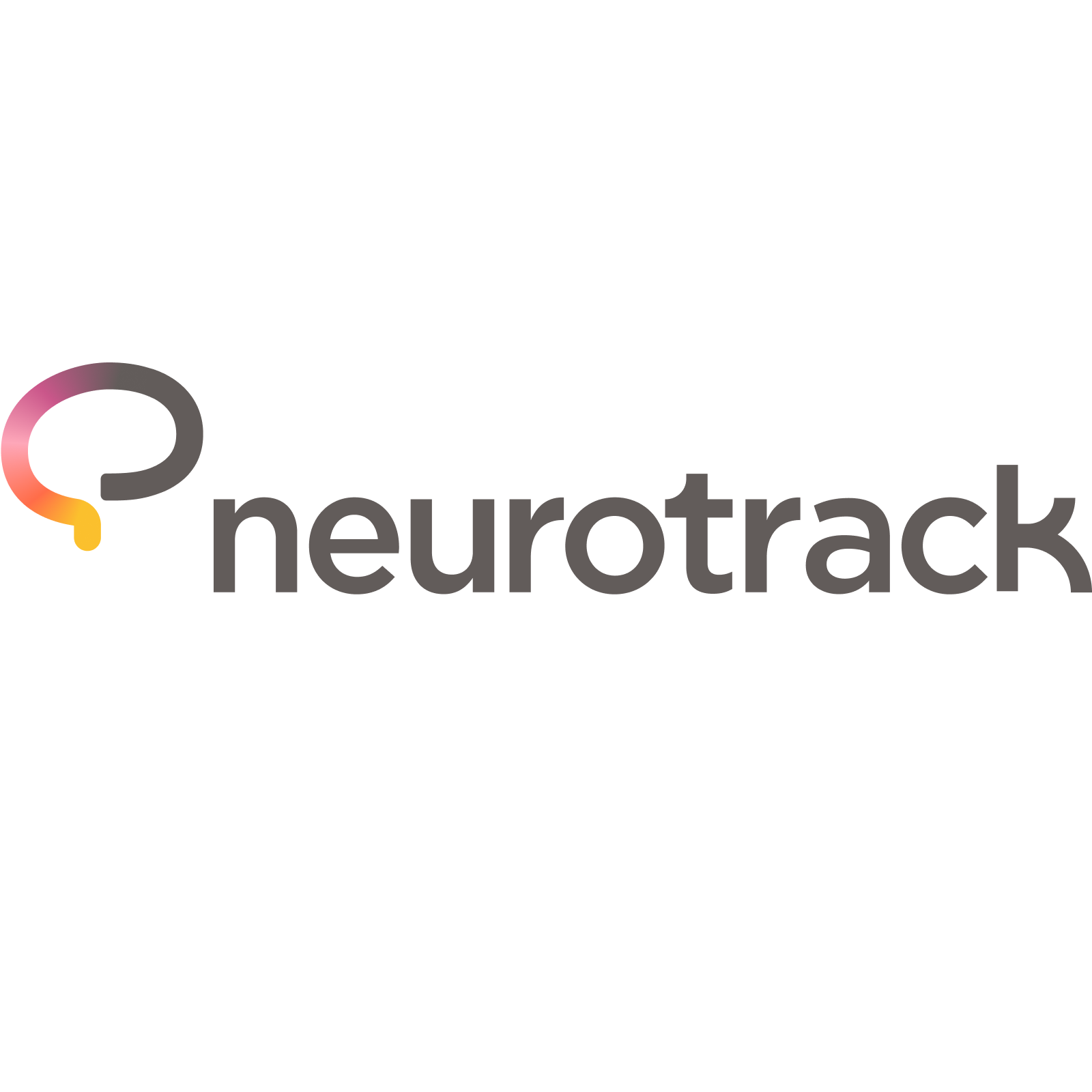

Location is everything, even when it comes to dementia and Alzheimer's care. In fact, some of the latest research on dementia detection, diagnosis, and treatment uses regional data, algorithms, and surveillance to provide a coast-to-coast view of where healthcare efforts are having an impact, and where extra attention may be overdue. Read on to learn how your county compares, or jump ahead to explore specific issues:
Neurodeserts: Where specialist care is (really) scarce
About the study: In 2021, the journal Neurology published a report that a previously predicted shortage of neurologists was turning out to be far worse than anticipated.
The result: The report identifies the mismatch in the growing need for neurologists and a dwindling supply of the brain specialists as a "grave threat" to patient care.
Key findings: While some cities have a decent supply of neurologists, rural areas are especially hard hit. (Only 21% of patients in rural locations that need a neurologist will get to see one.)
Prevalence mapped: Where we should be catching more cognitive impairment
About the study: At the 2023 Alzheimer’s Association International Conference, a first-of-its kind study was published in the journal Alzheimer's & Dementia showing that based on a combination of socioeconomic and various health risk factors, Alzheimer’s disease prevalence could be predicted at the county-by-county level.
The result: A heat map of predicted Alzheimer's prevalence by county that healthcare leaders could compare to their organizational detection rates and suddenly see what sort of ground they stood to gain by improving screening and diagnostic workflows.
Key findings: Areas with the highest predicted prevalence include those in the "Stroke Belt," areas known for high rates of cardiovascular disease and greater numbers of Black and Hispanic residents, including Miami, Baltimore, and the Bronx.
Diagnostic intensity: Where detection efforts are uneven
About the study: In the summer of 2024, another map surfaced. This one, also published in the journal of Alzheimer's & Dementia, reflected 2019 data on where dementia diagnosis was happening vs. where it was not. Timely diagnosis is increasingly important now that there are disease modifying medications that must be given in the earliest stages of the disease to be most effective.
The result: The findings were both unexpected and revealing. Regions with high diagnostic intensity do not seem to correspond to the high-prevalence "Stroke Belt" regions, and regions with low diagnostic intensity may be those where barriers to accessing healthcare are greatest.
Key finding: Diagnosis-intense areas, including Alaska, Connecticut and the Texas panhandle, may have made concerted efforts to improve access to cognitive screening.
Dementia surveillance: Keeping a watchful eye on this condition, at last
About the study: Diseases on the rise often benefit from a national public health surveillance system to monitor diagnostic codes, drugs prescribed, and other telltale criteria, to gather data and monitor the condition. At long last a dementia surveillance data hub and report launched in September 2024, and uses a sift of Medicare data to reveal trends. (Want to know how overdue this is? America’s cancer surveillance system has been around for 50 years!)
The result: This promising new data tracker will help public health professionals continue to advocate for more resources and potentially help measure the impact of innovative new programs like the GUIDE Model.
Key finding:
So far, the researchers have established that 9% of older Medicare patients have evidence of likely Alzheimer's or dementia from their data.




